In 2024, the powered subwoofer market was valued at USD 7.27 billion, with an anticipated CAGR of 6.47% from 2024 to 2029. This growth is driven by the rising demand for high-quality audio experiences among audiophiles, making it essential for business buyers to select the best products.
Table of Contents:
– The Market of Powered Subwoofers For Audiophiles
– Key Factors When Selecting Powered Subwoofers for Audiophiles
– Latest Technology Features in Powered Subwoofers
– Compatibility with Other Devices and Systems
– Durability and Build Quality
– Ensuring Optimal Performance and Maintenance
– Wrapping Up
The Market of Powered Subwoofers For Audiophiles
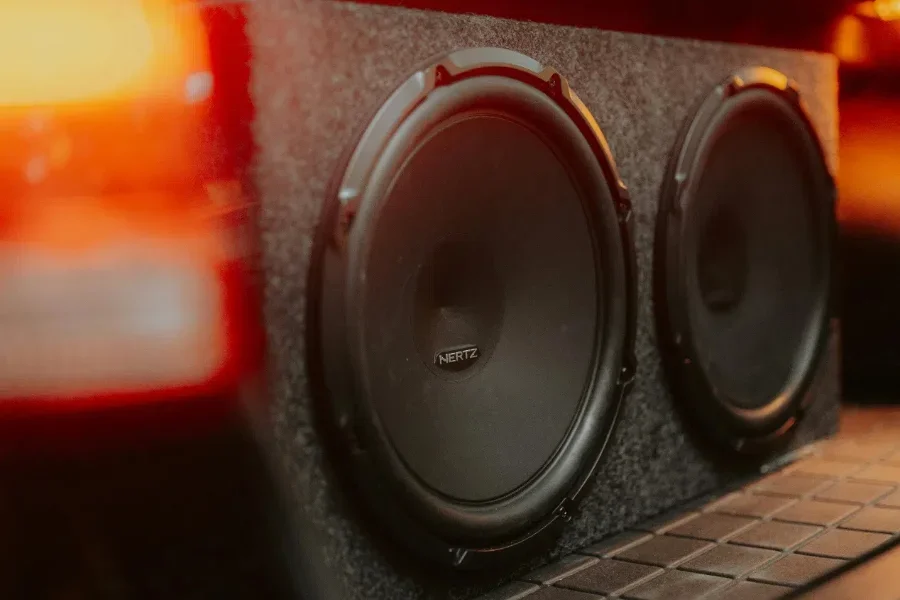
Market Overview
The powered subwoofer market is set to grow significantly from 2024 to 2029. In 2024, the market size is estimated at USD 7.27 billion, with an expected CAGR of 6.47%, reaching USD 9.94 billion by 2029. This growth is fueled by the increasing demand for high-quality audio experiences among audiophiles. The market is shifting towards wireless and smart subwoofers, popular for their convenience and advanced features. The rise of home entertainment systems and the trend of immersive audio experiences also contribute to market expansion.
In 2024, North America remains a major market for powered subwoofers, with the U.S. market valued at approximately USD 3.7 billion. The Asia-Pacific region, particularly China, is forecasted to grow at an impressive CAGR of 8.2%, expected to reach USD 4.6 billion by 2030. Europe is also a key market, with countries like Germany and the UK showing steady growth in demand for high-quality audio systems. Technological advancements, increasing disposable incomes, and a preference for premium audio experiences influence market dynamics.
The powered subwoofer market is highly competitive, with key players like Bose Corporation, Sonos, Inc., and Samsung Electronics Co., Ltd. These companies focus on innovation and product development to meet the evolving needs of audiophiles. The integration of AI and smart home technology in subwoofers is a notable trend, enhancing user experience and driving market growth. Additionally, cost-effective aftermarket subwoofers are expanding market reach, making high-quality audio systems accessible to a broader audience.
Detailed Market Analysis
Key Performance Benchmarks
Powered subwoofers are evaluated based on frequency response, power output, and distortion levels. High-end models typically offer a frequency response range of 20Hz to 200Hz, providing deep and accurate bass. Power output, measured in watts, is another critical factor, with premium subwoofers delivering up to 1000 watts RMS for a robust audio experience. Low Total Harmonic Distortion (THD) is essential for maintaining sound clarity, with top models achieving THD levels below 1%.
Market Share Dynamics
The market share is dominated by key players like Bose Corporation and Sonos, Inc., who have a strong presence in North America and Europe. Samsung Electronics Co., Ltd. is making significant inroads in the Asia-Pacific region. The market is fragmented, with numerous smaller players offering niche products tailored to specific consumer needs. The competitive landscape is characterized by continuous innovation, with companies investing in R&D to develop advanced subwoofer technologies.
Consumer Behavior Shifts
Consumer behavior is shifting towards wireless and smart subwoofers due to their convenience and advanced features. The integration of voice assistants like Alexa and Google Assistant in subwoofers enhances user experience, allowing for hands-free control and seamless integration with other smart home devices. There is also a growing preference for compact and aesthetically pleasing designs that complement modern home interiors. Seasonal demand patterns indicate a spike in sales during the holiday season and major sales events like Black Friday, driven by promotional offers and discounts.
Distribution Channel Preferences
Distribution channels for powered subwoofers include both online and offline avenues. E-commerce platforms like Amazon and Best Buy dominate the online segment, offering a wide range of products and competitive pricing. Brick-and-mortar stores remain significant, especially for consumers who prefer to experience the product before purchase. The aftermarket segment is also growing, with consumers looking to upgrade their existing audio systems with high-performance subwoofers.
Innovations and Trends
Recent innovations in powered subwoofers include AI-powered models that automatically adjust settings based on room acoustics. Wireless subwoofers with Wi-Fi and Bluetooth connectivity are another significant trend, providing greater flexibility and ease of installation. The focus on sustainable and energy-efficient designs is also gaining traction, with companies like JBL and Harman Kardon introducing eco-friendly models.
In conclusion, the powered subwoofer market for audiophiles is poised for substantial growth, driven by technological advancements and evolving consumer preferences. With key players continuously innovating and expanding their product portfolios, the market is set to offer enhanced audio experiences for discerning audiophiles globally.
Key Factors When Selecting Powered Subwoofers for Audiophiles
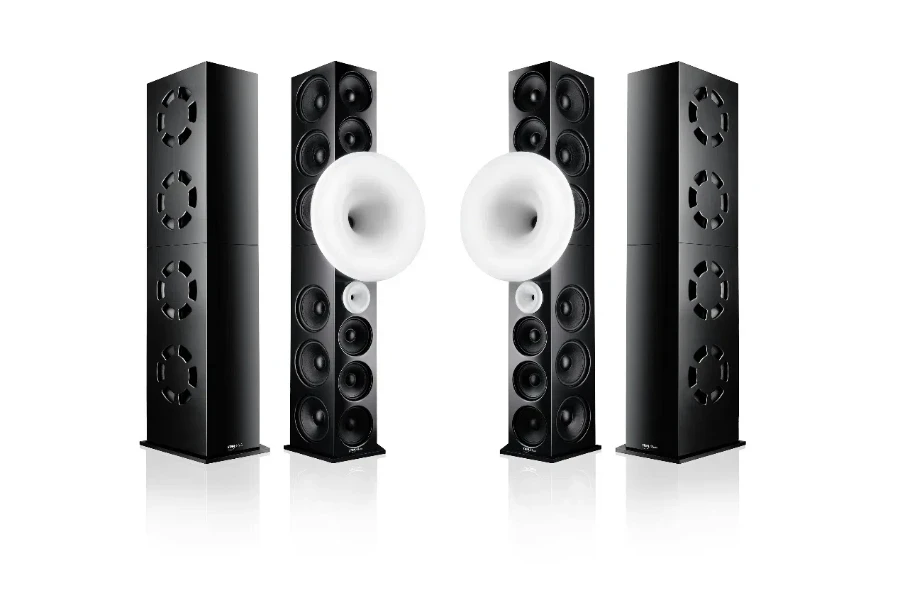
Types and Styles of Powered Subwoofers
When selecting powered subwoofers, understanding the different types and styles is crucial. Subwoofers generally come in two main types: front-firing and down-firing. Front-firing subwoofers project sound from the front, making them ideal for placement in the front of a room. They are often favored for their accurate sound reproduction and suitability for both music and home theater systems. Down-firing subwoofers direct sound towards the floor, creating an immersive bass experience as the sound waves interact with the room’s surfaces.
Sealed vs. ported subwoofers is another important consideration. Sealed subwoofers are enclosed and tend to produce tighter, more accurate bass, making them ideal for music lovers who prioritize sound fidelity. Ported subwoofers have vents that allow air to escape, resulting in louder and deeper bass, which is great for home theater applications where the impact of explosions and other low-frequency effects is desired.
Performance and Functionality
Performance is key for audiophiles when selecting a powered subwoofer. The RMS power rating and peak power handling are critical specifications. RMS power indicates the continuous power output, while peak power shows the maximum power the subwoofer can handle for short bursts. A higher RMS rating generally means better performance and louder output, essential for large rooms or home theaters.
Frequency response is another important specification, indicating the range of frequencies the subwoofer can reproduce. For audiophiles, a subwoofer with a lower frequency response (e.g., 20 Hz) can reproduce deeper bass, enhancing the overall listening experience. Advanced technologies like DSP (Digital Signal Processing) provide precise control over the sound output, allowing users to fine-tune the bass to their preferences.
Design and Aesthetics
Design and aesthetics are significant for audiophiles who want their audio equipment to complement their living spaces. Modern subwoofers come in various finishes, such as wood veneer, high-gloss lacquer, and matte black, allowing users to choose a style that matches their décor. Compact subwoofers are available for those with limited space, offering high performance without taking up much room.
Build quality is another aspect of design that should not be overlooked. High-quality materials such as MDF (Medium Density Fiberboard) for the cabinet and robust internal bracing can reduce unwanted vibrations and resonance, ensuring cleaner bass output. Features like removable grilles and sleek control panels can enhance the user experience and the overall appearance of the subwoofer.
Technical Specifications
Technical specifications are essential for audiophiles seeking the best performance from their powered subwoofers. Key specifications to look for include:
- RMS Power: Indicates continuous power output, with higher values generally providing better performance.
- Frequency Response: A wider range, especially lower frequencies (e.g., 20 Hz), is preferred for deeper bass reproduction.
- Driver Size: Larger drivers (e.g., 12 inches or more) can move more air and produce more impactful bass.
- Enclosure Type: Sealed enclosures offer tighter bass, while ported enclosures provide louder and deeper bass.
- Crossover Frequency: Adjustable crossovers allow users to set the frequency at which the subwoofer takes over from the main speakers, ensuring seamless integration.
Price Range and Budget
When selecting a powered subwoofer, the price range and budget are critical considerations. Subwoofers can range from a few hundred to several thousand dollars, depending on their specifications and features. For budget-conscious audiophiles, there are many high-quality options available in the $300 to $600 range that offer excellent performance for both music and home theater applications.
High-end subwoofers, priced above $1,000, often come with advanced features such as wireless connectivity, app control, and superior build quality. These models are ideal for those who want the best possible sound experience and are willing to invest in premium audio equipment. It’s important to balance the budget with the desired features and performance to ensure the best value for money.
Latest Technology Features in Powered Subwoofers

Wireless Connectivity
One of the latest advancements in powered subwoofers is wireless connectivity. This feature allows audiophiles to place their subwoofers anywhere in the room without worrying about running cables. Wireless subwoofers typically connect to the main audio system via Bluetooth or Wi-Fi, providing flexibility in placement and reducing cable clutter. Models like the Sonos Sub and SVS SB-2000 Pro offer robust wireless capabilities, making them popular choices among audiophiles.
App Control and Customization
Modern powered subwoofers often come with app control, allowing users to customize their audio settings directly from their smartphones or tablets. Apps can provide detailed control over the subwoofer’s volume, crossover frequency, phase, and EQ settings. This level of customization ensures that the subwoofer can be fine-tuned to match the acoustics of the room and the user’s personal preferences. For example, the SVS app for their subwoofers offers a range of tuning options that can significantly enhance the listening experience.
Digital Signal Processing (DSP)
Digital Signal Processing (DSP) is another cutting-edge feature found in high-end powered subwoofers. DSP technology allows for real-time audio adjustments, providing precise control over the subwoofer’s output. This technology can correct room anomalies, reduce distortion, and enhance the overall sound quality. Subwoofers equipped with DSP, such as the KEF Kube series, offer superior performance and flexibility, making them ideal for audiophiles who demand the best sound quality.
Compatibility with Other Devices and Systems
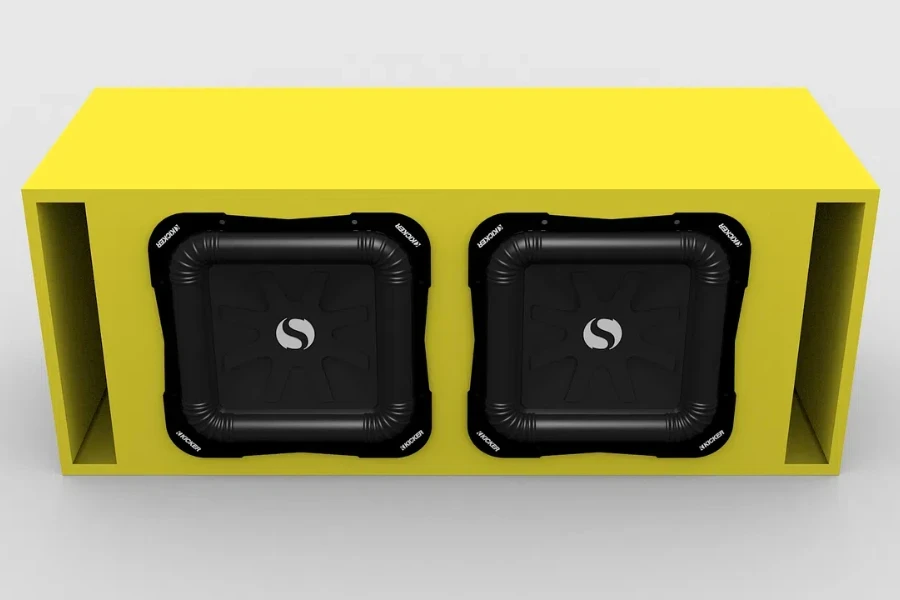
Integration with Home Theater Systems
Compatibility with other devices and systems is crucial for audiophiles. Powered subwoofers need to integrate seamlessly with home theater systems to provide a cohesive audio experience. Many modern subwoofers are designed to work with AV receivers, soundbars, and other audio components. For instance, the Klipsch R-120SW subwoofer is known for its easy integration with Klipsch’s Reference series speakers, creating a powerful and immersive home theater setup.
Multi-Room Audio Systems
For audiophiles who enjoy music throughout their home, compatibility with multi-room audio systems is essential. Subwoofers that work with systems like Sonos, HEOS, or Yamaha MusicCast allow users to enjoy synchronized audio in multiple rooms. The ability to control and adjust the subwoofer from a central app ensures that the bass output is consistent in every room, enhancing the overall listening experience.
Future-Proofing and Upgrade Potential
Investing in a subwoofer that offers upgrade potential is a smart move for audiophiles. Models that support firmware updates and have modular components can adapt to future advancements in audio technology. This future-proofing ensures that the subwoofer remains relevant and performs optimally for years to come. Subwoofers from brands like SVS and REL often come with these capabilities, providing peace of mind for long-term use.
Durability and Build Quality
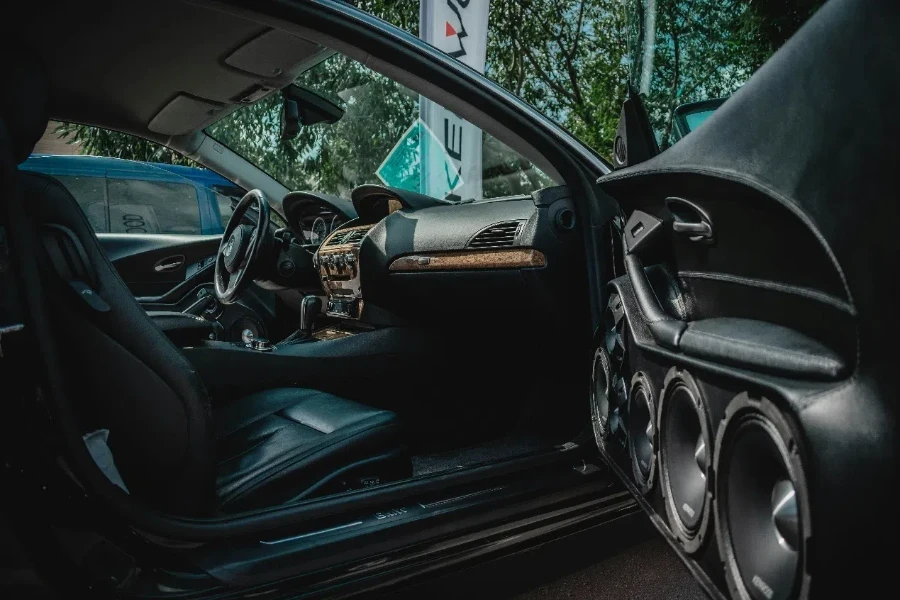
Materials and Construction
The durability and build quality of a powered subwoofer are critical for long-term performance. High-quality materials such as MDF (Medium Density Fiberboard) or HDF (High-Density Fiberboard) for the cabinet construction can significantly reduce unwanted vibrations and ensure a solid build. Internal bracing and damping materials further enhance the structural integrity, resulting in cleaner and more accurate bass reproduction. Brands like Bowers & Wilkins and JL Audio are renowned for their robust construction and attention to detail.
Reliability in Extreme Conditions
For audiophiles who live in areas with extreme weather conditions, the reliability of the subwoofer in such environments is a key consideration. Subwoofers designed with heat dissipation features, such as large heatsinks and thermal protection circuits, can operate efficiently even in high temperatures. Additionally, weather-resistant materials and coatings can protect the subwoofer from humidity and moisture, ensuring consistent performance. Models like the SVS PB-1000 Pro are known for their reliability and durability in various conditions.
Warranty and After-Sales Service
A comprehensive warranty and excellent after-sales service are indicators of a high-quality subwoofer. Brands that offer extended warranties, typically ranging from 3 to 5 years, demonstrate confidence in their products. Additionally, responsive customer support and service centers can provide timely assistance and repairs if needed. Companies like SVS and Hsu Research are known for their exceptional customer service and support, making them a preferred choice for audiophiles.
Ensuring Optimal Performance and Maintenance
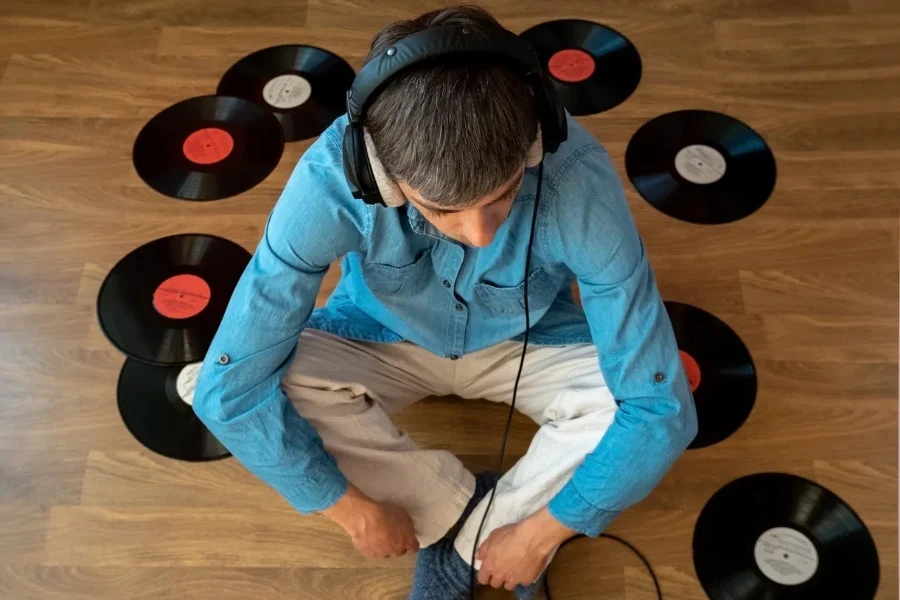
Initial Setup and Calibration
Proper initial setup and calibration are essential to ensure that the powered subwoofer performs at its best. Most modern subwoofers come with calibration tools and software that guide users through the setup process. Using a microphone and room correction software, the subwoofer can automatically adjust its settings to match the room’s acoustics. This ensures that the bass is balanced and integrated seamlessly with the other speakers in the system. Brands like Anthem and Yamaha offer advanced room correction technologies that can significantly enhance the subwoofer’s performance.
Regular Maintenance and Care
Regular maintenance and care are crucial for the longevity and performance of the subwoofer. Keeping the subwoofer clean and free from dust, especially around the driver and ports, can prevent blockages and ensure smooth operation. Periodically checking the connections and ensuring that the cables are secure can prevent signal loss and maintain optimal performance. Additionally, using surge protectors can safeguard the subwoofer from power surges and electrical damage.
Upgrading and Customizing
For audiophiles who enjoy tweaking their audio systems, the ability to upgrade and customize the subwoofer is an added advantage. Some subwoofers allow users to replace the driver or upgrade the amplifier, providing an opportunity to enhance performance without purchasing a new unit. Customizing the subwoofer’s settings, such as adjusting the crossover frequency or phase, can also tailor the sound to the user’s preferences. Brands like REL and SVS offer modular components and extensive customization options, catering to the needs of audio enthusiasts.
Wrapping Up
The powered subwoofer market is evolving with advanced features like wireless connectivity, AI integration, and sleek designs catering to audiophiles’ needs. With diverse options available, buyers can find subwoofers that deliver immersive sound for any setup or budget. By focusing on key features and long-term value, audiophiles can enhance their listening experience for years to come.




